BikePortland reader Josh Townsley is a 29-year-old Beaverton resident who was recently in Cuba as part of a Church trip. He shared several photographs of Havana and the el centro region of Cuba near Santa Clara. Townsley is the executive director of the Evergreen Habitat for Humanity in Vancouver and was previously the coordinator of the Bike MS ride for the National MS Society in Portland.
About his recent trip to Cuba, Josh said,
“We saw tons of old cars from the 1950’s, but I was surprised how important bicycles are to their culture as well. We saw young and old using bicycles as their primary means of transportation. Lots of cargo bikes, homemade frames, etc. No helmets, although helmets are required by law for motorcycles and scooters.”
Below are more photos from his trip:
Thanks for sharing these great photos Josh!
For more great submissions, browse our Reader Stories tag… And don’t forget to share your story via the online submission form.

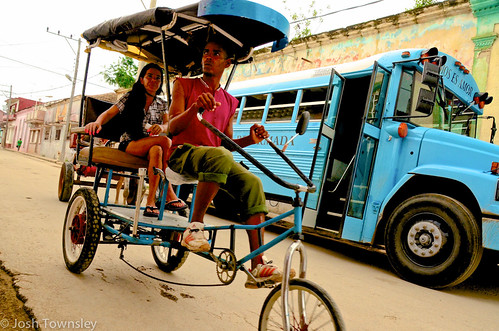
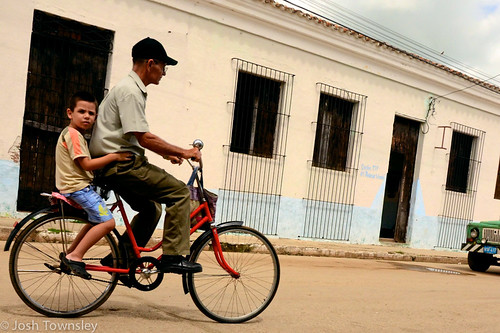
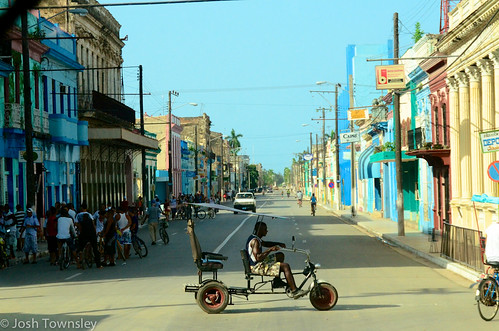

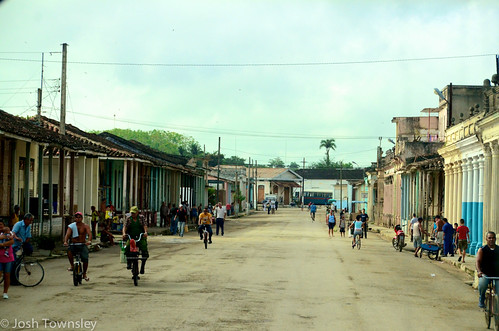
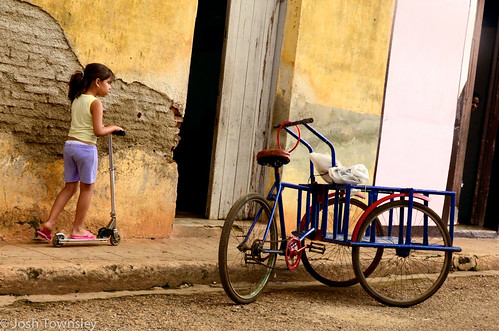

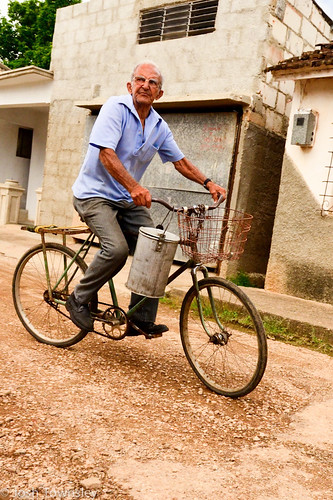
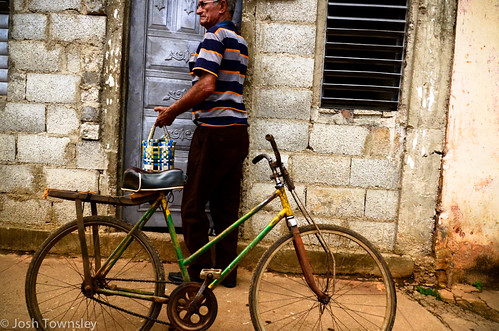
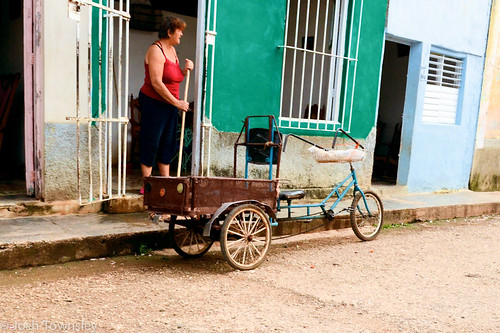
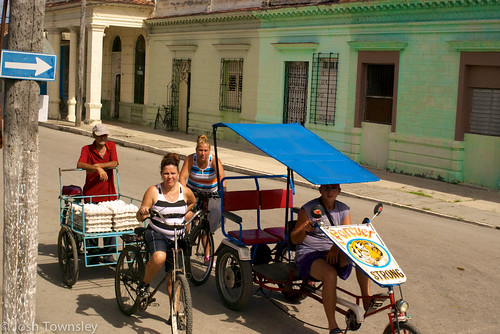
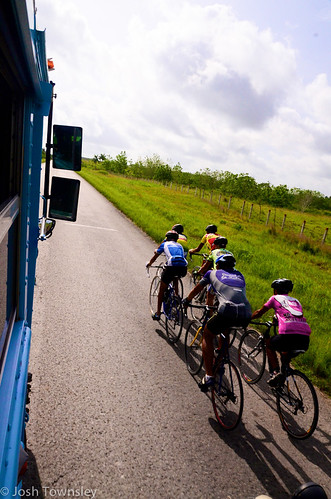
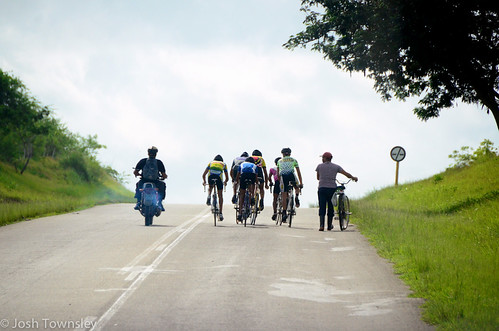
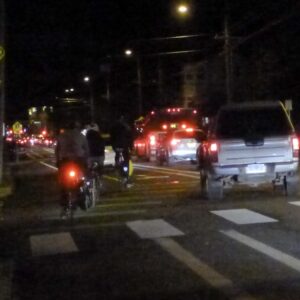
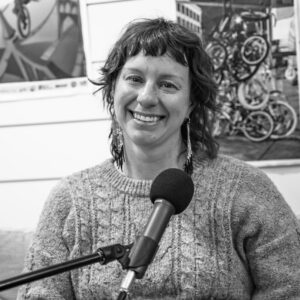


Thanks for reading.
BikePortland has served this community with independent community journalism since 2005. We rely on subscriptions from readers like you to survive. Your financial support is vital in keeping this valuable resource alive and well.
Please subscribe today to strengthen and expand our work.
Becky (partner) and I traveled to Cuba in 2000 where we took many photos of bicycles that had proliferated there after Cuba’s 1991 loss of oil when the Soviet Union collapsed. Necessity became the mother of great invention. Over 250,000 teams of oxen replaced tractors. Organic agriculture primarily replaced chemical farming. Cuba made a plan to be primarily solar by 2020,and many of its several thousand rural schools are already solarized by panels manufactured on the Island. When I traveled to Cuba in 1991 during the height of hardship after loss of their oil supply, Cubans received one of their first shipments of bicycles from China. Now Cuba makes their own bicycles in several factories such they are made widely available to its 11 million citizens on the entire 700 mile-long Island.
Doesn’t one need a wafer fab to make solar cells? I’d be very surprised if Cuba has wafer fabs. Or do they buy the panels from China and assemble them into functioning systems on the island?
Also PV is the most expensive form of electricity. I would think they would be much better served with wind. Plus, wind turbines would seem to be within their technical ability to produce.
Thank you so much for these photos. I have long admired Cuba for its innovation and flexibility in dealing with the embargo and travel restrictions perpetrated by the U.S. and then the loss of support after the fall of the Soviet Union.
Very nice photographs. The one with the girl and her scooter next to the cargo bike is a photo that could’ve been snapped almost anywhere. It’s my favorite because I think it shows just how universal bikes are.